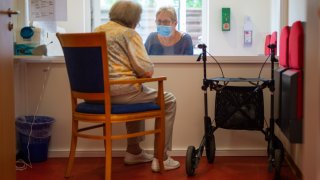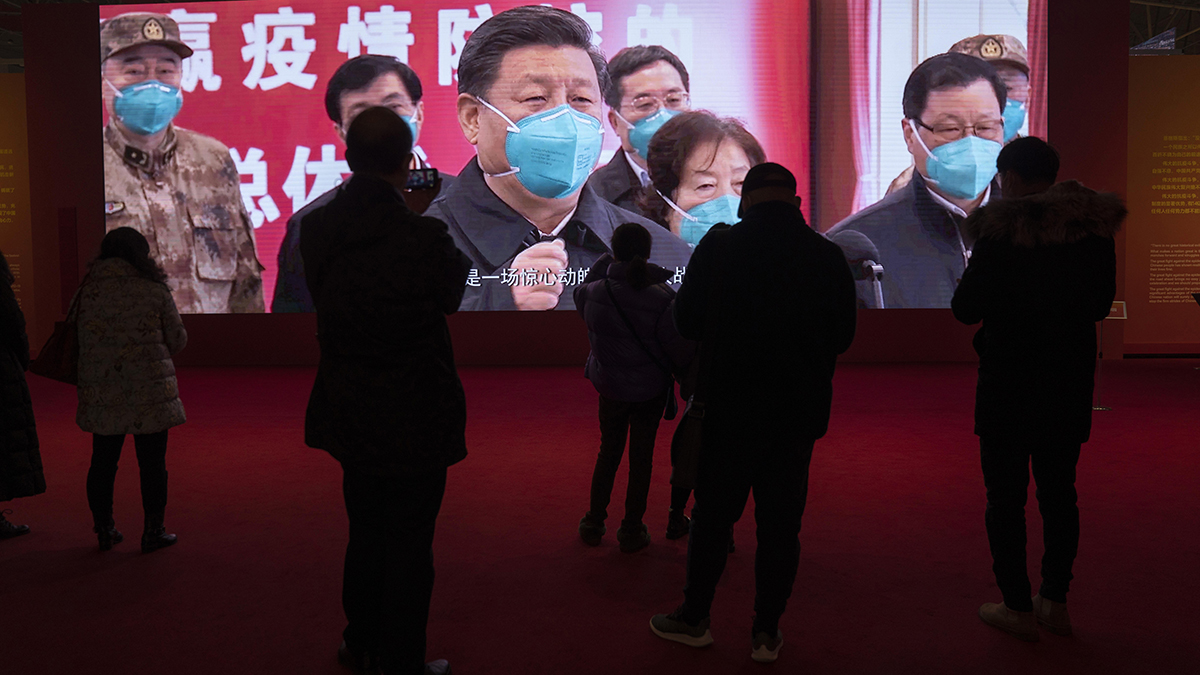
Nursing homes in Illinois can now allow visitors for residents as long as the visits remain outdoors, according to new guidance released by the state.
According to the rules released, visitations must be limited to two visitors at a time per resident and the maximum number of residents and visitors allowed in the outdoors space at one time will depend on the size of the outdoor space.
Each facility will be required to keep people six feet apart in the outdoor space.
Visitors will need to schedule an appointment with the facility ahead of time and must be prescreened over the phone 24 hours ahead of time using a symptom checklist from the Centers for Disease Control and Prevention. The facility must also screen visitors on arrival and a temperature check will be required.
Any residents who have coronavirus will not be able to do outdoor visits and residents receiving visitors should also be screened before each visit.
Visits must remain outside but can take place under a canopy or tent without walls.
Each resident and visitor must wear a face covering during the entire visit.
Coronavirus Pandemic
Full coverage of the COVID-19 outbreak and how it impacts you
“This is a positive step in the recovery process for nursing homes. After many months of virtual contact with their spouses, children and other loved ones, we know our residents will have many joyful reunions in the days ahead,” Pat Comstock, director of COVID Response for the Health Care Council of Illinois, said in a statement.
The move is a shift for the state after state officials and health experts questioned when visitors could once again see their loved ones.
"I do, though, believe that our nursing homes continue to be a challenge," Pritzker said earlier this month. "There isn't an easy answer. You know, people think that well, gee, if you know there's a problem, why can't you just solve it? If that were true, then we wouldn't have had so many cases and deaths in other states and other nursing home facilities. You envision family members getting to visit loved ones, or hospitals are beginning to allow the same visitors at a hospital not still not in the traditional sense of visiting. Again, right now, we're still trying to bring down the number of cases and the number of deaths of course. And so the less direct interaction the better. Having said that, I know how very very difficult that is for the families as well as for the residents. And so we want to get to that point."


